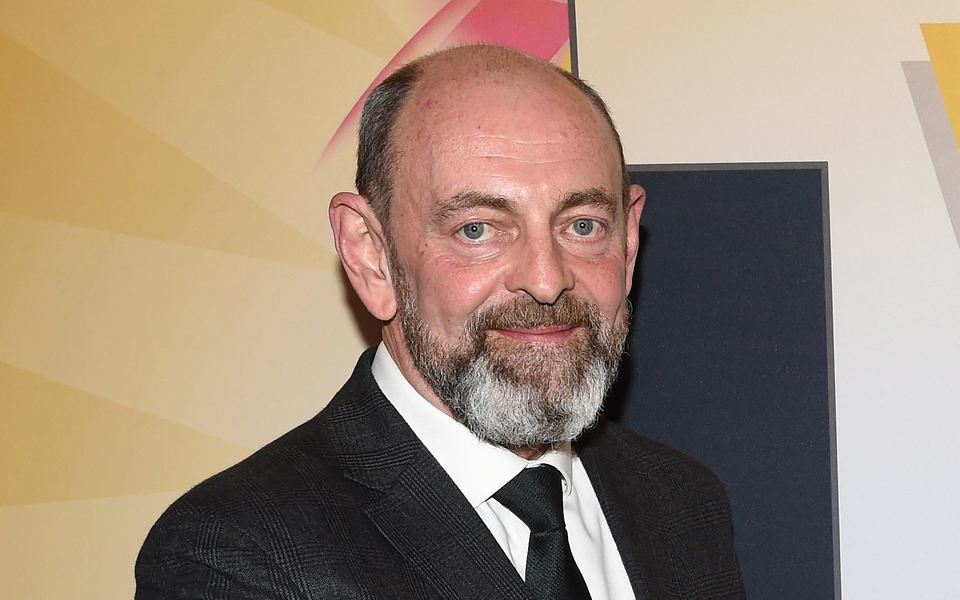
Published Thursday 21 October 2021 at 10:59
In his Coronavirus column this week, Prof Dominic Harrison, our Director of Public Health and Wellbeing, comments on the government’s Plan B.
On Tuesday this week, the UK as a whole saw a very sharp and continuing rise in confirmed Covid-19 cases. The average seven day case rate growth per 100,000 for England was up 22% at 424, and the North West rate was up 15% at 456. Lancashire local authority areas have not entirely escaped this national trend.
Cheshire East Local Authority area had a Covid case rate this week of 687 per 100,000 – up 30%, and Copeland in Cumbria was up 12% at 681. For Lancashire, South Ribble saw a 50% rise in case rates this week and is now at 535 per 100,000, but most Lancashire areas previously worst hit in the pandemic so far have maintained much lower case rates. Blackburn with Darwen is still relatively low at 299 per 100,000, but that still represents a 10% increase on the previous seven days.
This data is confirming that the predicted autumn/ winter wave is now upon us. There are now two possible scenarios for what might happen next.
The first scenario suggests that, as the rise is still dominated by high case rates in school aged children, the wave may subside by mid-November. This will happen as the school-aged children vaccination programme kicks in and, regrettably, as more children gain natural immunity from the firestorm of cases now underway in their age group, especially amongst those not yet vaccinated.
The second scenario suggests that the current wave could continue to rise into December then plateau over the winter at a sustained high rate. A high winter plateau of cases will affect the as yet unvaccinated of all ages, and the older and more vulnerable who may be experiencing a waning of immunity – even if double-jabbed. Evidence for this view is that higher case rates have already passed from school-aged children into their parents’ age cohort (30-50 years), and that the over 60s case rate rise in the UK is up 33% this week, a rate higher than the 22% average case rate rise.
If we get to mid-November with something more like the second scenario, we may need to consider triggering some elements of the national Covid Plan B. These could also suppress transmission of other winter viruses, giving the NHS an extra chance to manage demand over the winter and continue to catch up on waiting lists.
Plan B will not be a return to lockdown – nor even a ‘lockdown-lite’ – but it may need to include a re-imposition of some infection control measures that we know will work to slow transmission. These could include mandatory mask wearing, Covid passports for mass gatherings (Scotland has imposed this already this week), some limits on mass gathering numbers, and ‘all who can, work from home’ advice.
Any Plan B measures will need to minimise economic impacts and maintain freedoms, but keep transmission, hospitalisations and deaths as low as possible. The school half-term gives us a ‘natural firebreak’ on cases which will help.
If we do need to move to some version of Plan B, I would not anticipate the call being made nationally until mid-November at the earliest. Moving to any Covid Plan B is not inevitable, but it now looks slightly more likely than it did a week ago.
Filed under : coronavirus | COVID-19 | Professor Dominic Harrison
